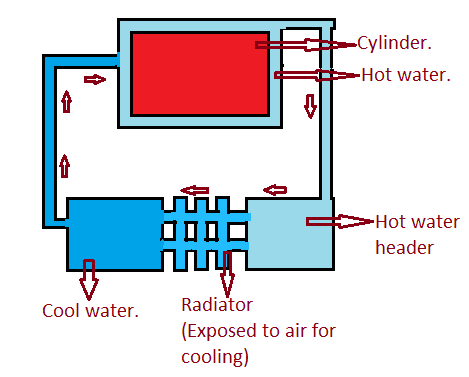Introduction: Transmission springs play an important role in the function and performance of many mechanical systems. These springs are designed to absorb shock loads between gears, prevent excessive backlash and provide weak spring force on load side surfaces. In this article, we’ll take a closer look at transmission spring and explore its various benefits.
What Is Transmission Spring?
Transmission springs are a type of compression spring that helps dampen vibration and reduce noise within a system. It’s designed with variable pitch coils that allow for flexibility when accommodating different system requirements. The variable pitch also allows for greater spring travel before reaching the solid height, meaning the transmission spring can be compressed more without losing its effectiveness.
Because of their unique design, transmission springs are often used in applications where minimal space is available but maximum performance is desired. They can also be used in applications that require corrosion resistance due to their ability to withstand harsh environments and chemicals. In addition, they offer superior fatigue life when compared to other types of springs as they’re capable of withstanding high cyclic forces without suffering damage or breaking down over time.
Lastly, these types of springs can be used in both dynamic and static applications, providing superior performance in either situation enabling them to meet a variety of needs for different users.
Conclusion:
In conclusion, transmission springs offer numerous benefits to users across multiple industries. With their ability to absorb shock loads between gears while preventing excessive backlash due weak spring force acting against load side surfaces etc., it’s no wonder why so many people rely on these types of compression springs for their mechanical systems. Whether you need it for a dynamic or static application, transmission spring is sure to provide you with superior performance every time!


